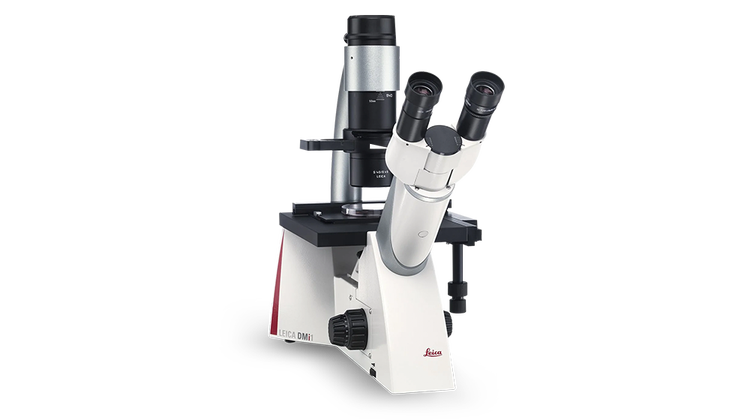Need help designing your solution?
Request a Quote
Applications
Applications of Inverted Microscopes
Our range of inverted microscopes is ideal for applications that need to examine living stained or unstained specimens, fixed samples, metals, ceramics, and polymers:
- Useful for easy routine cell checks and consistent confluency evaluation.
- Excellent for studying stem cells, spheroids, or organoids.
- For routine to live cell research.
- Intelligent choices for cell culture labs.
- Ideal inverted microscopes for cell culture, micromanipulation, documentation of immunostained specimens, and routine live cell examinations.
- Used in metallography, medical device manufacturing, microelectronics, and industrial materials inspection.
What is an inverted microscope?
The inverted microscope is designed with a downward-facing transmitted light source and condenser lens above the stage, along with an upward-facing objective lens and turret below the stage.
What are the advantages of an inverted microscope?
The advantages of an inverted microscope include the ability to observe samples that are difficult to view with a conventional microscope, better imaging of thick samples, and the ability to study live cells in a medium inside a petri dish or well plate.
What types of samples can be examined with an inverted microscope?
Inverted microscopes can be used to examine various types of samples, including living cells, tissues, microorganisms, and materials such as polymers or metals.
What are some common applications of inverted microscopes?
Some typical applications of inverted microscopes include cell culture, live-cell imaging, fluorescence inverted microscopy, and micromanipulation.
How to choose the right inverted microscope?
Choosing the right inverted microscope involves considering the intended application, required magnification, imaging techniques, and budget.
